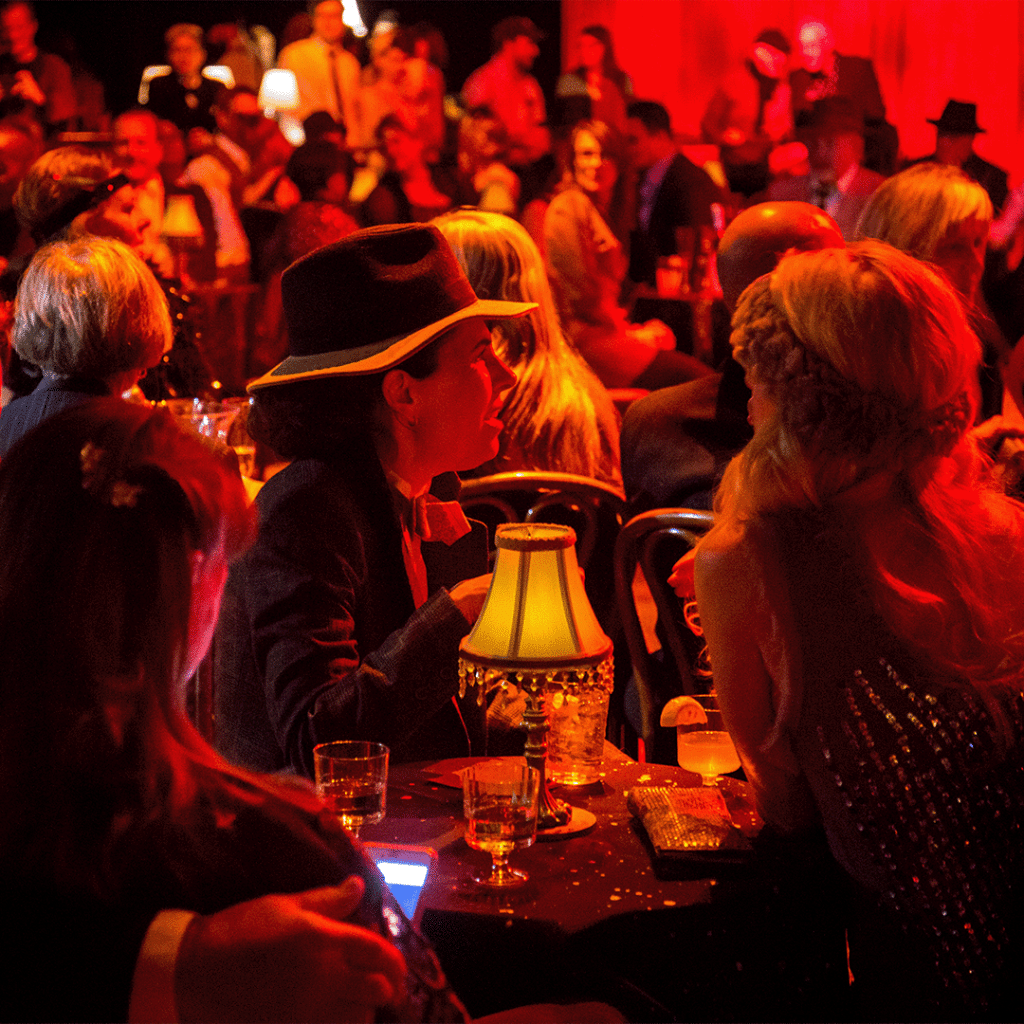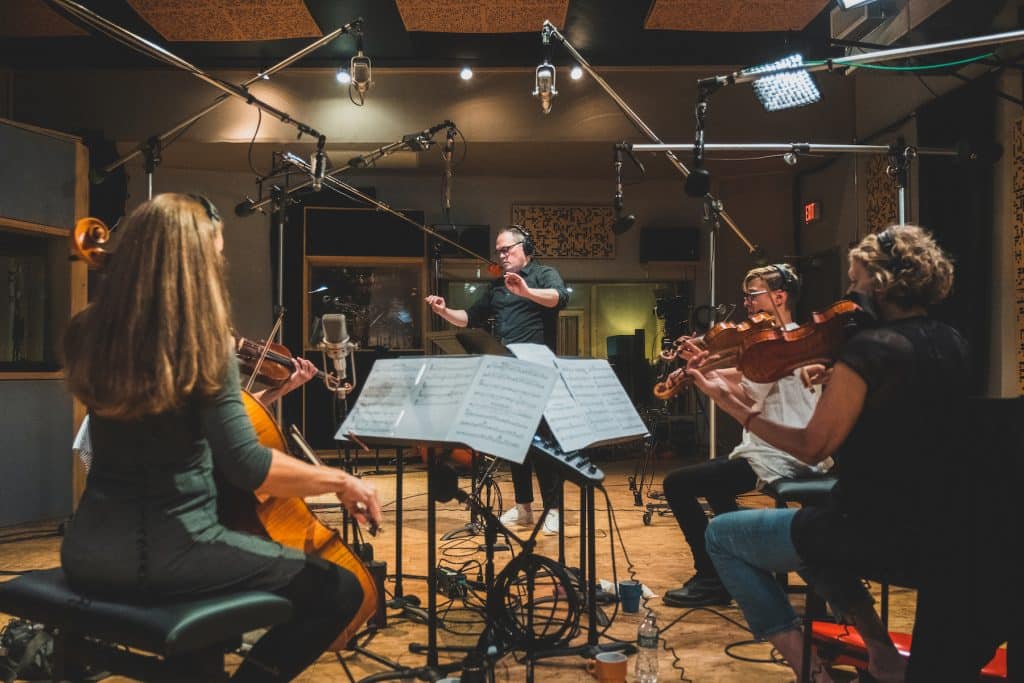Risk and Reward
Joan Tower looks back on her decades of achievements.
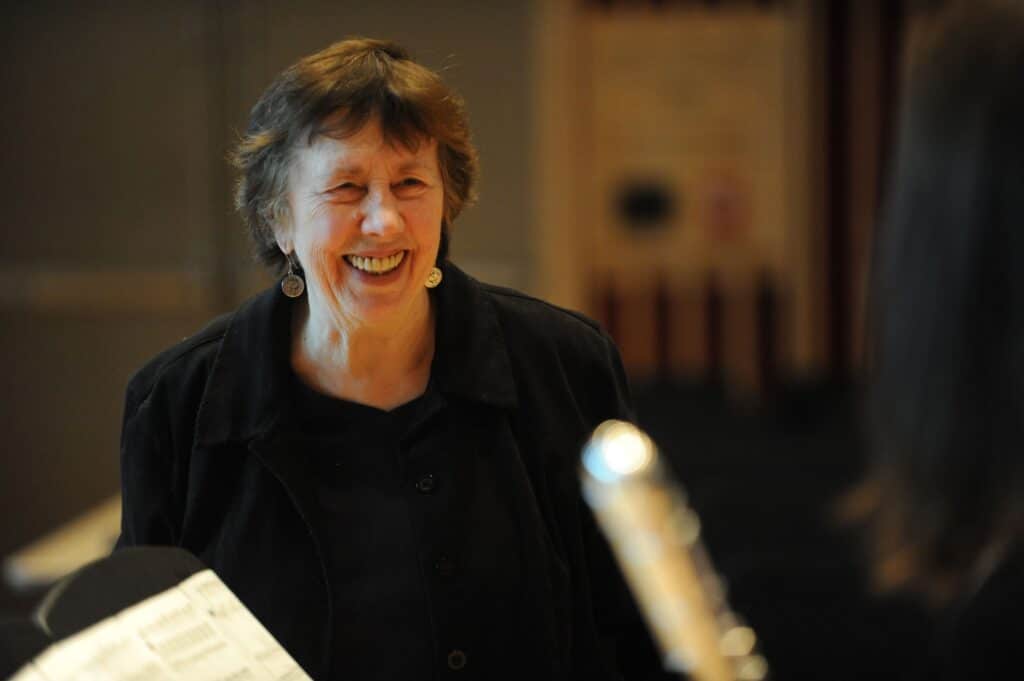
During a recent interview at her home in Red Hook, upstate New York, the composer Joan Tower, 81, recalled with delight the moment she learned that her orchestral work Fanfare for the Uncommon Woman was the subject of an $800 Jeopardy question. It’s just one small distinction among what she calls a “tsunami of accolades” in the last few years. In 2019, Tower received the Gold Baton from the League of American Orchestras and was named Musical America’s 2020 Composer of the Year. She is also the recipient of Chamber Music America’s 2020 Richard J. Bogomolny National Service Award.
In 2019, Tower received the Gold Baton from the League of American Orchestras and was selected to receive Chamber Music America’s 2020 Richard J. Bogomolny National Service Award. She was also named Musical America’s 2020 Composer of the Year.
“I’m always saying that awards and credentials don’t matter so much, and that it’s the music that’s important,” she said. “But it’s very nourishing to be given these awards.” A glass cabinet in her home office holds scrapbooks dating back to 1962, with programs, reviews, and other materials that will be archived at the Library of Congress. She will also be inducted into the Classical Music Hall of Fame.
Despite having won the kind of recognition that many composers strive for—and few receive—Tower has long struggled with self-doubt. Leonard Slatkin, Music Director of the Detroit Symphony Orchestra and a collaborator who has been performing her music since the mid-1970s, said that Tower “would apologize all the time for the pieces she wrote.”
“This has changed over time, but reassuring her that her work was always first rate was never easy,” he said. “But Joan knows what she wants. At the same time, she always listened to the musicians who offered alternate suggestions for certain passages.”
Tower still doubts herself. In 2015, she wrote a solo piece (Second String Force) for the brilliant young violinist Bella Hristova, who performed it at Merkin Concert Hall under the auspices of Young Concert Artists. When Hristova told Tower that the new work would follow solo pieces by Bach and Ysaÿe, Tower begged her to reverse the order, fearing that her work would flounder if performed after such musical giants. Hristova refused. Tower said she was ultimately surprised that Second String Force, a richly-harmonic virtuosic showpiece that grows out of a slow and mournful elegy, wasn’t a disaster after all. In fact, she said, the audience loved it.
Tower always assumes the worst as a default self-preservation mechanism. “I’m totally vulnerable,” she admits. “No one can hurt me because I know how bad this is already. That’s a whole psychological protection thing I just have to live with.”
“I invest a lot into my writing,” she said. “I write slowly and really care about what I’m doing. It’s a deep kind of vulnerability that I’ve had forever and ever. I don’t know where it comes from,” she added, musing that perhaps her insecurity took root as a young woman in a male-dominated industry. “The only thing that’s changed is I’ve gotten attention and encouragement from a lot of performers.”
Photos of some of those performers adorn the walls of her house, where she lives with her husband of 46 years, Jeff Litfin, a non-musician with “a wonderful ear and a terrific musical mind,” according to Tower. She and Litfin, 92—whose career included stints as a photographer, writer, merchant marine, Morse code operator, and professional gambler—are both former “die hard New Yorkers.” They now live with two cats in the countryside near Bard College, where Tower has taught since 1972.
Her home office is very tidy, explained Tower, because she’s rarely in it. She spends much of her time instead in her studio down the hallway, a sunlit room with an upright Yamaha covered in multicolored stickies, a keyboard, and several armchairs. Tower, who always begins composing at the piano, still writes by hand. She described as “sloppy” the neat-looking notation on the score she is working on for Project 19, a multi-year initiative from the New York Philharmonic to commission and premiere nineteen new works by nineteen women composers. Bookcases stuffed with scores and CDs line the studio walls, which are decorated with photos and posters of musical luminaries she’s collaborated with. There’s Zubin Mehta conducting Sequoia with the New York Philharmonic in 1982, and photos of the percussionist Evelyn Glennie, the new music group Eighth Blackbird, and the violist Paul Neubauer, for whom she has written several works with Purple in the title. (She associates that color with the deep sonorities of the viola.)
There’s a poster of the Tokyo String Quartet, which commissioned In Memory in 2001, a searing and intensely expressive elegy to a close friend and the victims of 9/11. Tower has created an impressive chamber music catalogue, including 39 works for ensembles of 2-6 players, among them six string quartets, piano trios, a percussion quintet, arrangements of her Fanfares for the Uncommon Woman, and works for string quartet and wind and brass.
Another photo features her and the pianist Blair McMillan. “Her music sparkles and dances,” he said. “Her piano writing is visceral and athletic, it’s delicate and beautiful. It draws you in, it’s full of contrast. She is better at telling a story, and at spinning musical narratives, than almost anyone I know.” There’s also a photo of Tower and Slatkin, who conducted the Nashville Symphony in a Grammy-award winning 2008 recording of Made in America. The work, inspired by the tune America the Beautiful, was programmed in every state (by a total of 65 orchestras) during the 2005-2007 seasons, and still receives frequent performances. Slatkin says he has long been attracted to Tower’s music because of the “virtuoso elements and rhythmic drive” and that her music is special because of “the balance of lyrical passagework coupled with very specific orchestral sonorities.”
Tower, born in New Rochelle, was once married to a jazz pianist, and her music reflects that influence. She has also been strongly impacted by Beethoven, Stravinsky, and Messiaen, as well as the rhythms and musical traditions of South America. She moved to La Paz, Bolivia, at age nine, when her father took an engineering job there. As the family moved around South America, she took piano lessons and learned the classical piano repertory. The confluence of influences, along with her own distinct ideas and personality, has resulted in a large catalogue of colorful, visceral, and rhythmically vivid scores.
While the words “accessible” and “communicative” are often used to describe her music, Tower began her career in the more esoteric 12-tone camp. She received a BA at Bennington College in Vermont, then moved to New York and received an MA and DMA from Columbia University, where her compositional teachers included Chou Wen-Chung (who died at 95 in October 2019). After graduating, she moved in uptown modernist circles, but struggled to find a home within the serialist aesthetic.
According to Tower, the composer Milton Babbitt (who she describes as a “math genius”) was “a conceptualist on the highest level. Everything was preprogramed: the pitches, the rhythms, and the dynamics. There wasn’t a stone unturned. He worked it out according to a very logical system. But what fell out was less interesting even to him than what he conceived of as being a tapestry of logic. I discovered that when we played a new piece of his, he had the notes, but we didn’t get it. We thought he could help us, but he couldn’t. That’s when I realized that he really didn’t know what the fall out was of those concepts. That was a huge disappointment to me.”
Two pieces in particular jolted her out of the serial doldrums: George Crumb’s Voice of the Whale and Messiaen’s Quartet for the End of Time. The music “was so colorful and strong and identifiable,” she recalls. “And it brought you in. It was a culture shock, but it had such a profound effect on me that I left the other music. It was lonely at first, but I had to step away from the serialists.”
Tower describes her 1976 chamber work Black Topaz (imaginatively scored for piano, flute, clarinet, trumpet, trombone, and percussion) as her “step away piece.” Charles Wuorinen, who conducted the piece, really hated it, she said. When writing Black Topaz, Tower was conflicted about whether to appropriate a particular Stravinsky chord. A little voice in her head told her not to use it, she recalled, while another voice said: ‘you need that chord, use it!’ She ended up incorporating the chord in the piece and was surprised that no-one at the premiere mentioned Stravinsky. “I learned a lesson,” she said. “You can use a lot of composers, but it has to be in your context. My context was so different from Stravinsky’s.”
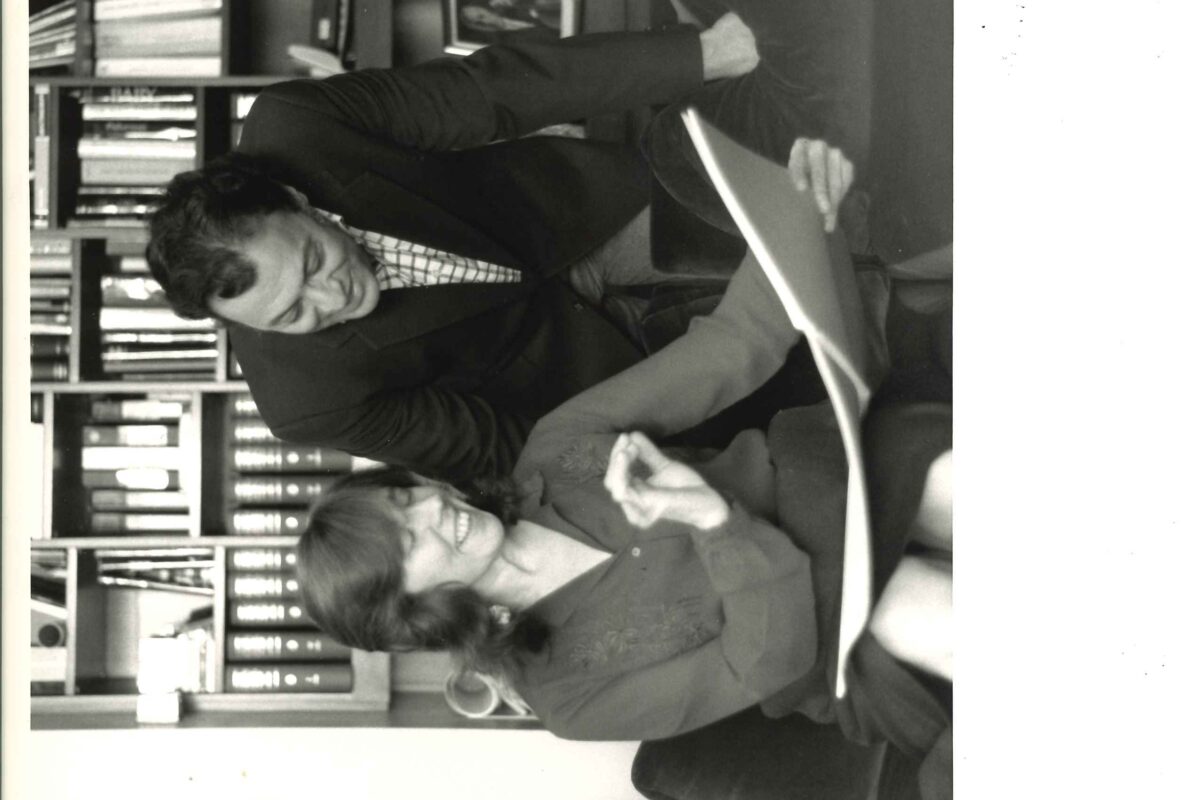


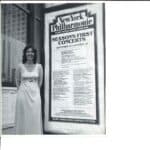
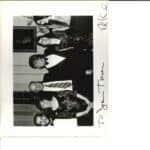
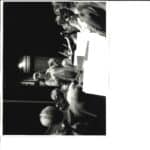
By the time she wrote Black Topaz, Tower felt increasingly ill-at-ease with the academic, uptown aesthetic. She muses, ever self-deprecating, that perhaps she just didn’t have the intellect for the 12-tone crowd. “I didn’t have the brain power these people had. I was sort of the secretary of the group and they would pat me on the back.” She fled the serialists and founded the Da Capo Chamber Players in 1969 to perform her music and that of other living composers. She was an active member of the group until 1984.
Tower became the first woman composer awarded the prestigious Grawemeyer Award in 1990, given the prize for Silver Ladders, a piece she wrote while composer in residence with the St. Louis Symphony. According to the League of American Orchestras, only one percent of the music American orchestras played in 2004-5 was written by women and two percent in 2005-6, the same year when the more than five dozen orchestras nationwide performed Tower’s Made in America. While some industry observers believe that devoting special festivals to women composers or otherwise giving them an extra boost is no longer necessary, Tower feels the fight is far from over. Indeed, while there has been some progress, recent statistics have been grim: in the 2018-19 season, neither the Chicago Symphony Orchestra nor the Philadelphia Orchestra programmed any female composers, and the Cleveland Orchestra programmed only one.
In addition to fighting for women composers, Tower has long aimed to narrow the divide between composer and performer. While there are increasing numbers of instrumentalists (including the pianists Conrad Tao and Daniil Trifonov) who perform their own compositions, it’s still a rare distinction. At Bard Conservatory, where Tower teaches three days a week, composing is now a required class, at the result of her insistence.
Performers “need to have insight into what a page is about,” she said. “Why is there a piano there? Why is there a quarter note there?” She asks her students to think about creating music instead of just following directions. She claims her methods have had the desired effect: “the students are much more able to look at Beethoven in a different way, and now they’re more empathetic to composers and play more new music. I see this happen often with kids who never previously went beyond Bartok.”
The composer-performer world split up in the early 20th century, she says, pointing out that many great composers (including Beethoven, Mozart, and Bruckner) were also fantastic instrumentalists. “My whole beef,” she said, “is that composers should play a lot more, or conduct, and that performers should compose. It’s a two-way street. In order to be a choreographer, you have to be a dancer. It’s the same thing in the acting world. Actors are more creative than classical musicians.”
She encourages her composition students to avoid using the computer at first, because she says it renders them passive. “They can’t count what they’re playing and they can’t hear it,” she said, recalling an incident where a student wrote a solo piece for Blair McMillan, a work she described as “brilliant but unplayable” because of the positioning of the hands and the “impossibly complicated rhythms.” As a performer herself, Tower knows which composers were close to their scores and which were not. She tells her students: “you have to get close to this—even if you are a beginner at the instrument.”
Teaching students how to develop their own voice can be complicated. Tower had one student who was obsessed with Bach. He wrote a beautiful prelude that sounded so much like the great composer that she worried that he might have lifted it. She checked his work against all the preludes but the student’s work turned out to be original. She has since used the incident to illustrate to her students the importance of developing one’s own voice.
In addition to her teaching work, Tower still has commissions flowing in, including a piece involving a chorus for the 200th anniversary of the Unitarian Church. Working with words and music, she admits, has never been her strong point: she loved accompanying singers in lieder but has never felt comfortable writing songs, let alone an opera. But she does spend a lot of time thinking about which words to use for the titles of her pieces. She’s currently mulling over possibilities for the Project 19 piece.
She says that titles are “a little window into the piece,” and that it’s easy to pick a word that has the wrong effect. After a performance of her orchestral work Amazon—written while she was composer-in-residence at the St. Louis Symphony Orchestra between 1988-1991, and inspired by the changing speeds and flow of the namesake river—a listener told her they could hear the monkeys in the score. “Monkeys? Really, where?” Tower said, laughing uproariously. The composer dedicated her orchestral piece Stroke to her brother, George Tower, who died, in 2019, after having suffered a stroke in 2008, at age sixty, that left him partially paralyzed. When thinking of a title for the emotionally volatile work, she liked the fact that the word “stroke” has several relevant meanings and implications, including the striking of percussion (an important element of the orchestral fabric).
When creating titles and program notes, Tower provides little more than a title, a dedication, the length of the piece, and a brief description. She wants to avoid biasing her audience with too much information. “I know the critics hate me, because I don’t give them anything,” she laughed. “Elliott Carter had these fantastic program notes, which were sometimes more interesting than the music because he was good with words.”
With or without extensive program notes, Tower’s music is intensely communicative. Audiences, musicians, and critics have largely approved. She’s often labeled one of ‘the most successful woman composers’ of our time,’ but it’s more accurate to describe her as one of the most successful living composers of our era, period, as her “tsunami or accolades” proves.

